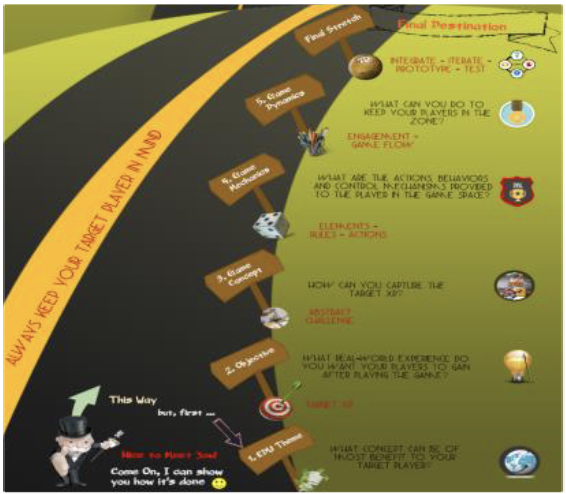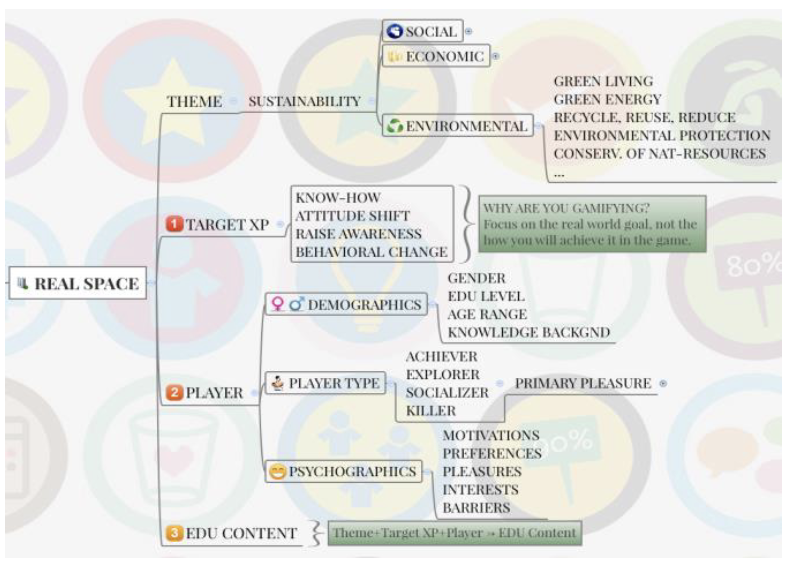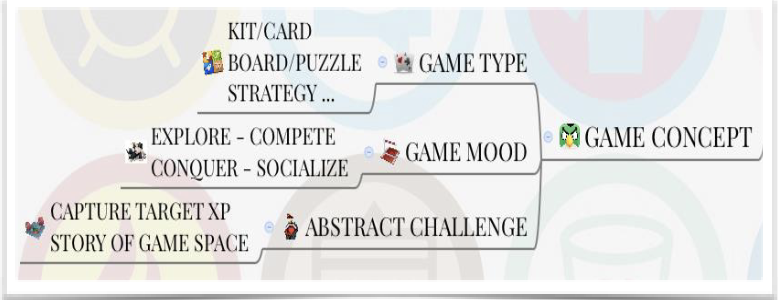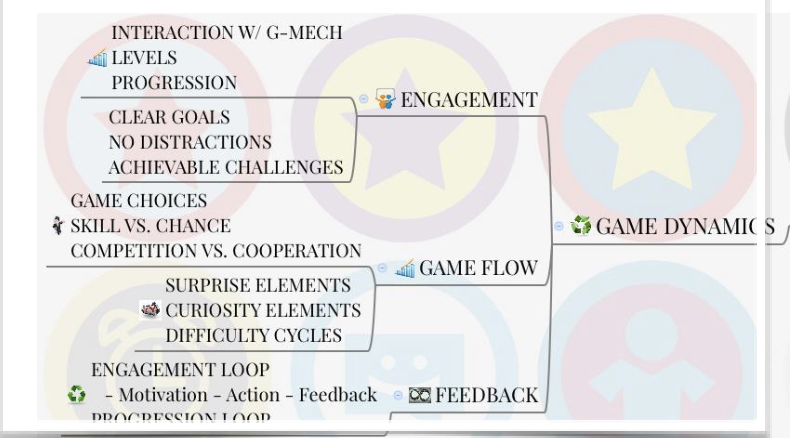(adapted from CLT Day poster with the same title)

Games can be an effective tool for integration of concepts and attitudes within a complex landscape. Integration of game mechanics and game-thinking techniques to non-game platforms has recently gained grounds in multiple domains, including teaching and education. Gamification of education can greatly enhance user experience (XP) and influence user behavior. Adding a “game layer” to learning or training material can generate products that are engaging and influential to both the player and the developer of the gamified experience.

People like playing games; they like being challenged in a fun way. Recently, there has been a huge move towards building on the success of video games, social media games, as well as board games, to influence people’s learning and behavior. Using gamification in the classroom, whether as a teaching technique or as a design
project, can be of great merit to students.
- Games provide a safe space where students can overcome shyness, and explore new sides of themselves.
- Games offer a dynamic learning space, which advances in difficulty to match players developing skills.
- Games build on active experimentation and discovery, with low stakes on failure. (Jessica Hammer)
- Games offer players multiple routes for success, allowing them to choose their own challenges within the larger task. (Edwin Locke)
At AUC, we are acquainting students with the practice of gamification and educational game design, as part of a course on Creative Thinking and Problem-Solving. Students learn how to design physical educational games (board and card games), through a player-centered design
approach. Game design is approached from a problem- solving perspective, with goals, hurdles and divergent ideation, much like playing the game itself.

- Understanding what motivates your player is key to achieving successful game flow, and assuring a high level of engagement and interaction.

Design Space – Real Space
The concept map above summarizes some of the key considerations for designing Real Space. Note that the Sustainability theme, presented in the map, is just an example theme. At the end of the Real Space blueprint, you have to select the educational content for the game. Content has to be tailored to include the specific pieces of knowledge, skills or behavior traits that you are hoping your players will learn or gain from the game. Content has to be tailored to your player’s demographics and psychographics to assure interest, and enhance engagement. Remember: get them to play, and keep them playing!

The second dimension of the design process is Game Space. Here, you will be designing an abstraction to reality. You begin by defining the game concept.
What type of game will I design?
What is the game mood? (Remember player
psychographics; what motivates my players?)
What is the abstract challenge?
- What is the story of my game space?
- How can I capture the Target XP?

The next step is to decide on your game mechanics. What elements are you going to use in your game? Think of game mechanics as the tools that govern your plot, or game story. These could include dice, spinning wheel, cards, boards, avatars, badges, game collectables, banknotes, etc. Your game mechanics also include game rules and winning states. You also need to design the interaction between all the game elements. For example, when to throw a dice, when to pick a card, where the action points are, what action is
rewarded, what action is punished, how to unlock features,etc.

Although commonly synonymous with play, a game can be seen as a problem-solving activity, approached with a playful attitude. It is “a system in which players engage in an abstract challenge, defined by rules, interactivity, and feedback, that results in a quantifiable outcome, often eliciting an emotional reaction.” – Karl Kapp
Designing Effective Games
Designing a successful game, requires elaborate
attention to all elements of Kapp’s definition. As a
game designer, your task is not only to get people to play, but to keep them playing. An effective game is one that has a clear and relevant purpose; one that engages players in a challenging, yet attainable, problem-solving activity.

When designing a game, the developer needs to
blueprint two sides of the design spaces, Real Space and Game Space. Real Space has to do with game theme and educational content, goal and target experience (XP), as well as layer type and psychographics; while Game Space deals with game concept, game mechanics, and game dynamics.


Decide on a theme for your game.
- The theme can be one of the major topics of your course; for example, economic sustainability, inequality, energy footprint, recycling, history, urban planning, etc.
Explicitly define your real-world goals and target
experience.
- What knowledge, attitude-shift, or behavioral change do you want your players to gain after playing the game?
Study your target player type and psychographics.


The final step before integration and testing is
designing Game Dynamics. In simple terms, it is the interaction of the players with the game mechanics. Game mechanics alone are not enough to design a successful game. Many games, and gamified experiences failed miserably because they focused on game mechanics and neglected players’ interaction. Game dynamics are all about engagement and game flow. You need to answer the question, what will make
my players addicted to the game?


Build a prototype to help you test all elements of your game. Test the effect of different actions or rewards on engagement and game flow. Caution! Do not lose sight of your Real Space goals and target XP. Gamification is truly an educational, fun adventure that deserves a try!

Lee, J. J., Hammer, J. (2011). Gamification in
education: What, how, why bother? Academic
Exchange Quarterly, 15(2), pp. 1–5. Available from:
http://www.gamifyingeducation.org/files/Lee-
Hammer-AEQ-2011.pdf
Locke, E. A., & Latham, G. P. (1990). A theory of
goal setting and task performance. Englewood Cliffs, NJ: Prentice Hall.
Kapp, K. M. (2012). The gamification of learning and instruction: Game-based methods and strategies for training and education. San Francisco, CA: Pfeiffer.

